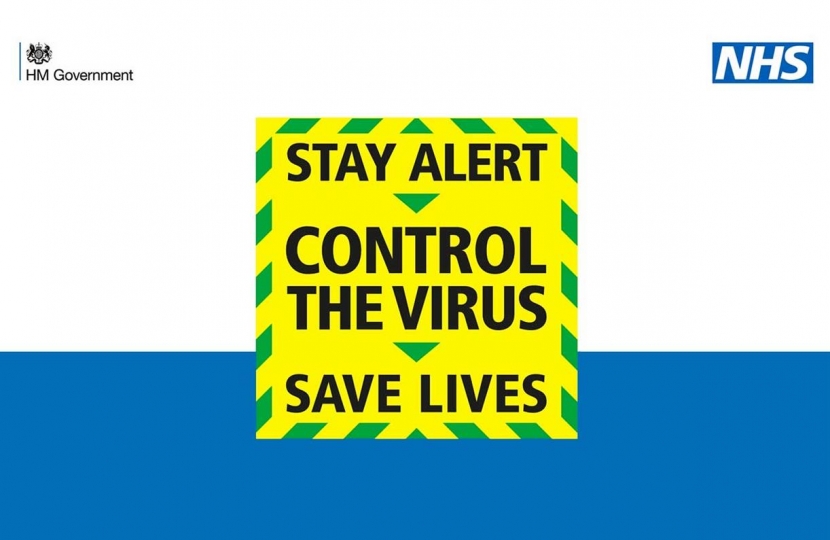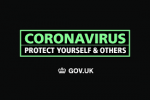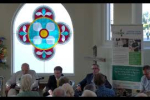
On Monday the Prime Minister published the Government’s COVID-19 Recovery Strategy detailing how we plan to rebuild the UK, protect the health and safety of the British public, save lives and livelihoods.
So far, the whole country has made huge sacrifices and worked very hard to slow the spread of Covid-19. As we begin to lift restrictions and allow parts of life to get back to normal, we must proceed with the utmost care to avoid undoing what has been achieved.
The Government's plan seeks to return to a near-normal life for as many people as possible, as fast as possible, but in a way that is safe and continues to protect our NHS.
Protecting the health and safety of the British public is, and must always be, the number one priority. That is why the Government have set out five tests that must be met before we can slowly and cautiously lift lockdown restrictions and is also introducing an app that people can download so they will know if they have come in contact with Coronavirus and can isolate to keep the spread of the virus under control.
To chart our progress, the Government has established a new Covid Alert Level System. The Covid Alert Level will be determined primarily by R - the rate of infection - and the number of coronavirus cases. In turn, that Covid Alert Level will determine how the level social distancing measures in place. The lower the level the fewer the measures; the higher the level, the stricter the measures. Everyone has a role to play because the R-Value is directly influenced by how many people you have contact with and for how long. This is how we ensure the sacrifice of the British public is not wasted and we avoid going back to square one.
So as we begin to recover and return to our way of live, it is vital that we all stay alert, so we can control the virus and save lives.
Step 1:
- We said that you should work from home if you can, and only go to work if you must. We now need to stress that anyone who can’t work from home, for instance those in construction or manufacturing, should be actively encouraged to go to work.
- From Wednesday 13th May, people can take more and unlimited amounts of exercise outside. People can sit in the sun in the park, drive to other destinations, such a national parks and beaches, and can meet one person from outside of their household if they are outdoors. Garden centres can reopen. Outdoor sports courts, such as golf courses and tennis courts, can reopen.
- You must obey the rules on social distancing and to enforce those rules and the Government have announced that they will increase the fines for the small minority who break them.
Step 2:
- At the earliest, by June 1 – after half term – it hoped that we may be in a position to begin the phased reopening of shops and to get primary pupils back into schools, in stages, beginning with reception, Year 1 and Year 6.
- The Government ambition is that secondary pupils facing exams next year will get at least some time with their teachers before the holidays.
- The Government also hopes to begin the phased reopening of some non-essential retail shops that are currently closed.
Step 3:
- At the earliest by July - subject to these conditions and further scientific advice; if and only if the numbers support it we will hope to re-open at least some of the hospitality industry and other public places, if they are safe and enforce social distancing.
Find out what these new rules mean for what you can and cannot do here.
Stay alert
We can all help control the virus if we all stay alert. This means you must:
- Stay at home as much as possible
- Work from home if you can
- Limit contact with other people
- Keep your distance if you go out (2 metres apart where possible)
- Wash your hands regularly
- Self-isolate if you or anyone in your household has symptoms.
The Government has published guidance for employers to help them get their businesses back up and running and workplaces operating safely.
- Due to the hard work, sacrifices and resilience of the British people, we have begun to beat back the virus. Now we must begin to recover and eventually restore our way of life.
- The Prime Minister is encouraging people who cannot work from home to return to work. Ensuring they can do so safely is paramount, which is why we have developed practical guidelines, in consultation with 250 groups including trades unions and business leaders, to help employers identify risks from Coronavirus and take pragmatic measures to mitigate them.
- This will give employers and workers confidence they are safe as we reopen sectors of the economy. It is vital that, as we ease restrictions, people must stay alert and follow the rules, so we can control the virus and save lives.
The Government has begun preparations for the potential wider reopening of schools from 1 June at the earliest, so long as the R rate continues to decrease, by publishing a range of protective measures to prevent transmission and ensure education settings remain safe.
- Schools, colleges and early years settings have done a fantastic job ensuring children and young people have been able to continue to learn, but nothing can replace being in the classroom.
- The Government is taking steps to ensure education settings are safe places to return to. All children eligible to return will have access to testing from 1 June and by limiting class sizes, staggering break times and reducing the use of shared items, we can prevent transmission and keep our children safe.
- The publication of this guidance marks the first step towards having all young people back where they belong – in nurseries, schools and colleges – but we will continue to be led by the scientific evidence and will only take further steps when the time is right.


